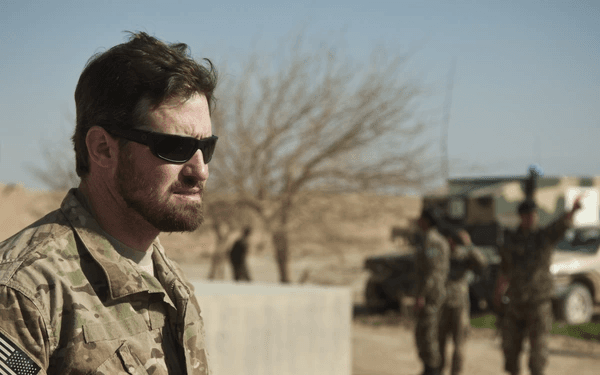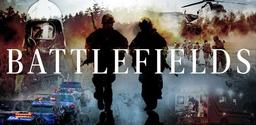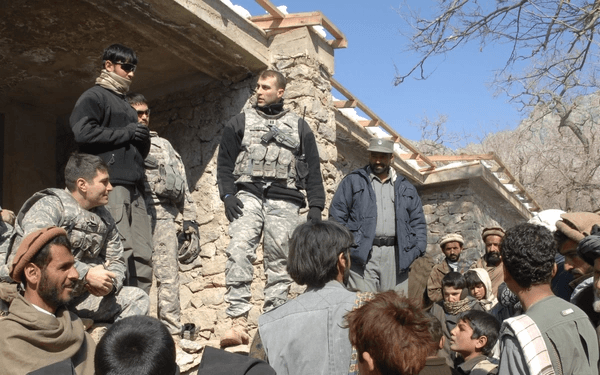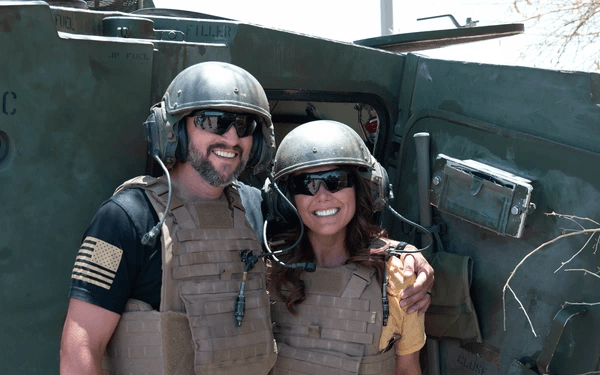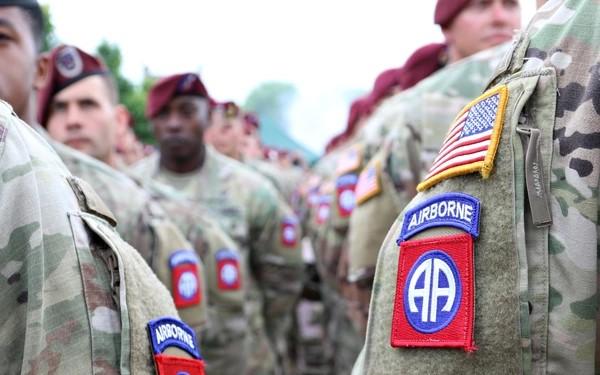Commentary
We ran ammo bunker “missions” all the time. It was really more of a work detail. In the early days of 2003, the Afghan National Army (ANA) was still in its infancy, being stood up and mentored by the U.S. and NATO partners. Part of standing up was to stockpile equipment and ordnance for ANA later use. There were often weapons caches captured from the bad guys. But word quickly got out to the masses and unused ordinance just started showing up all over. You know how we Americans generally shut down our garage sales at lunchtime and then just try to give everything away? Same thing. Sometimes it was whole truckloads. Sometimes it was an Afghan kid running up to our foot patrol giving them a land mine from Grandpa’s basement. You never knew.
